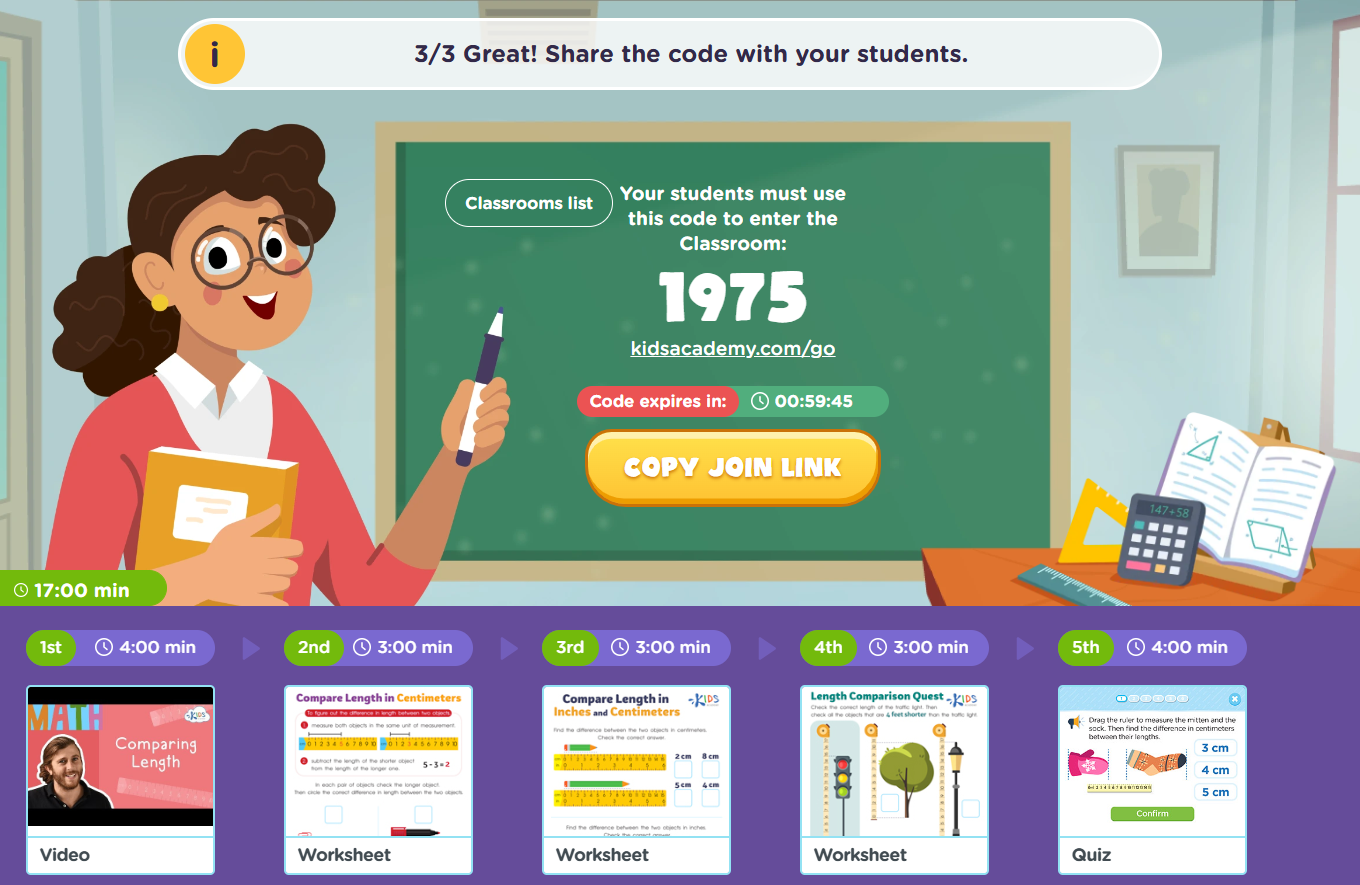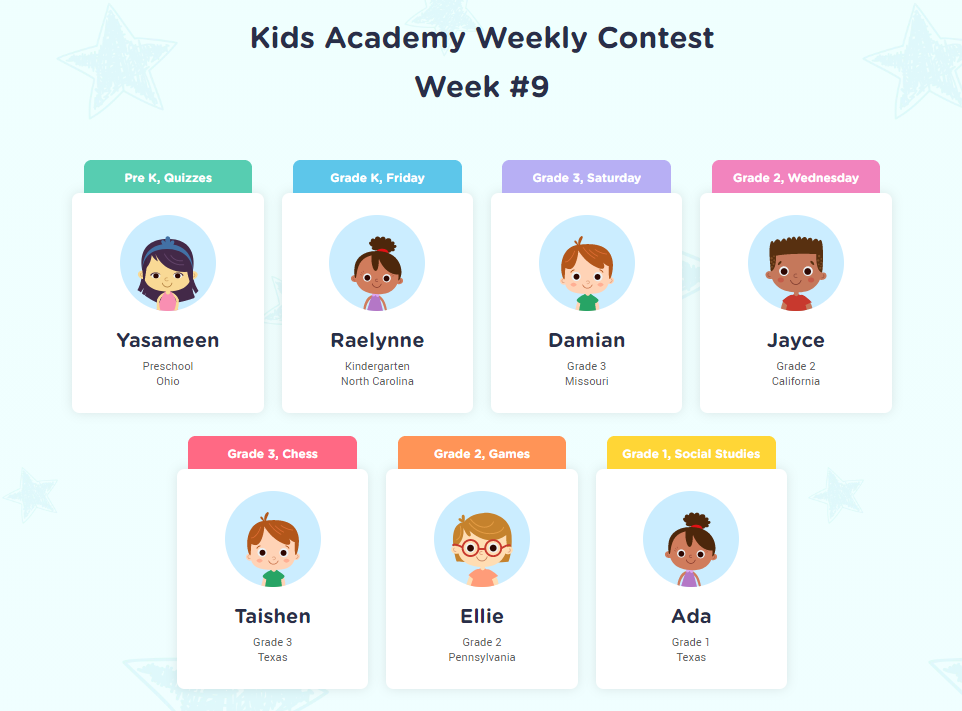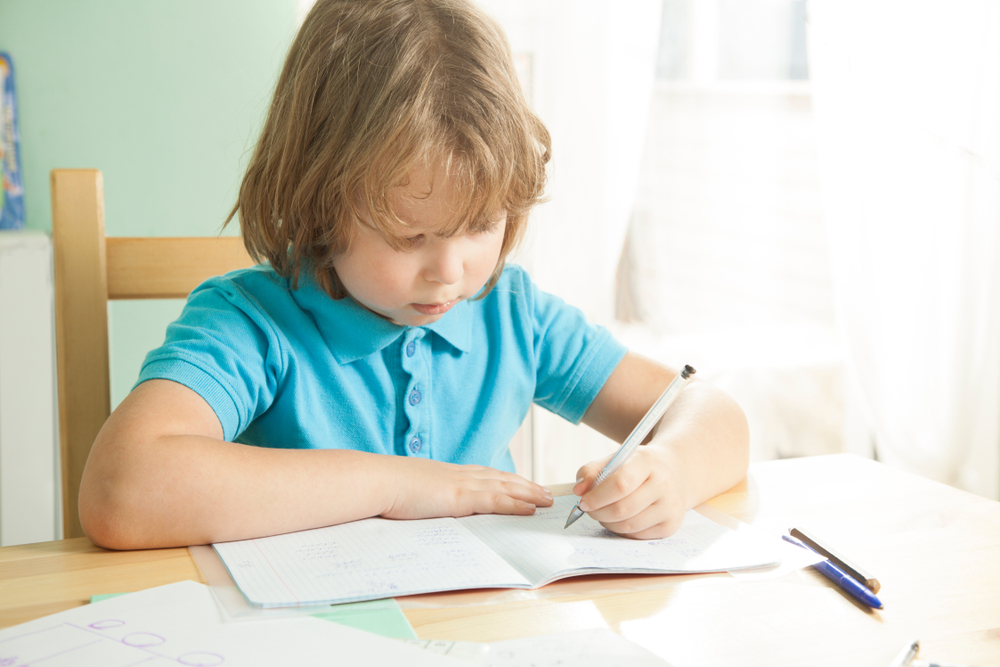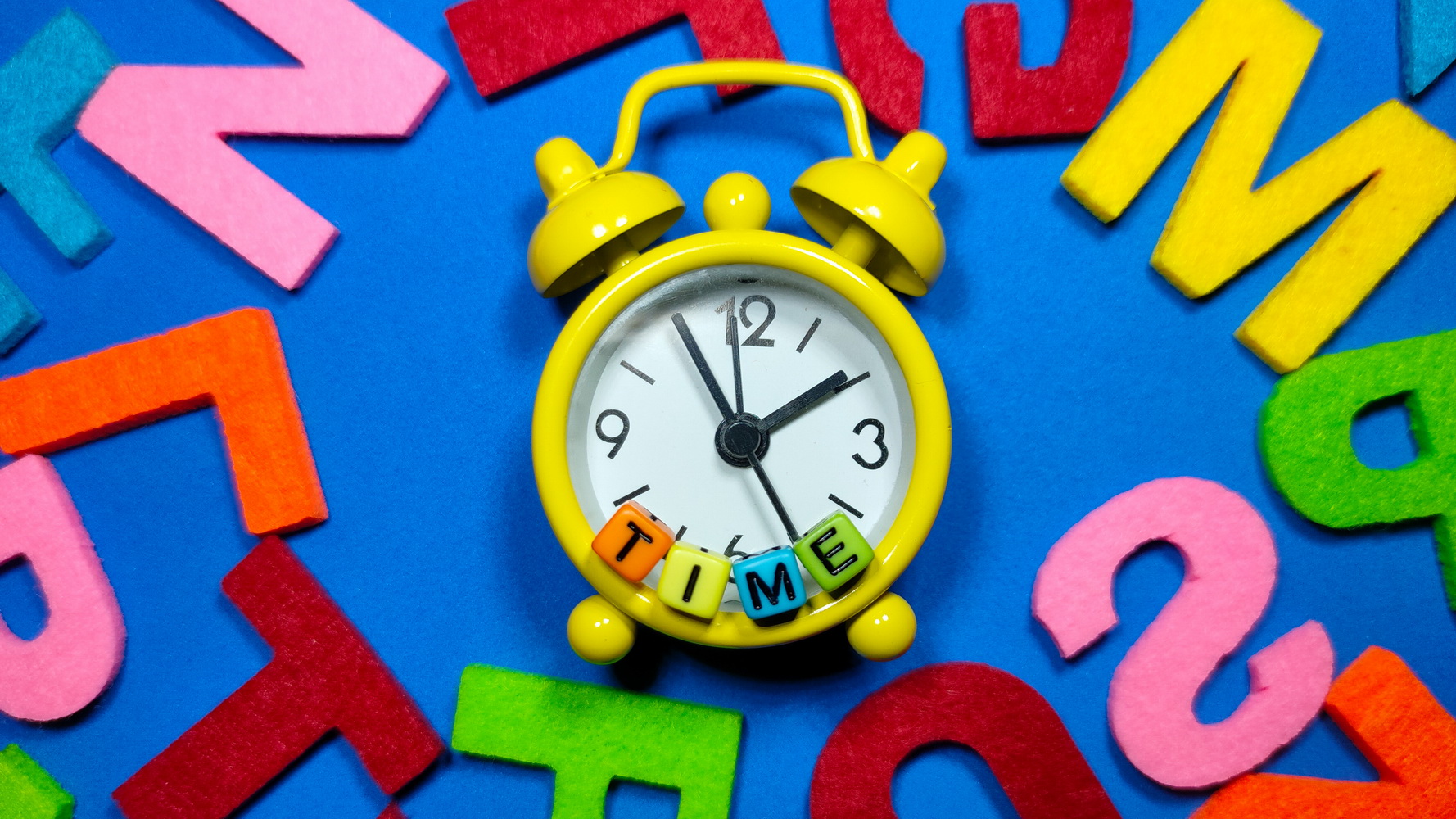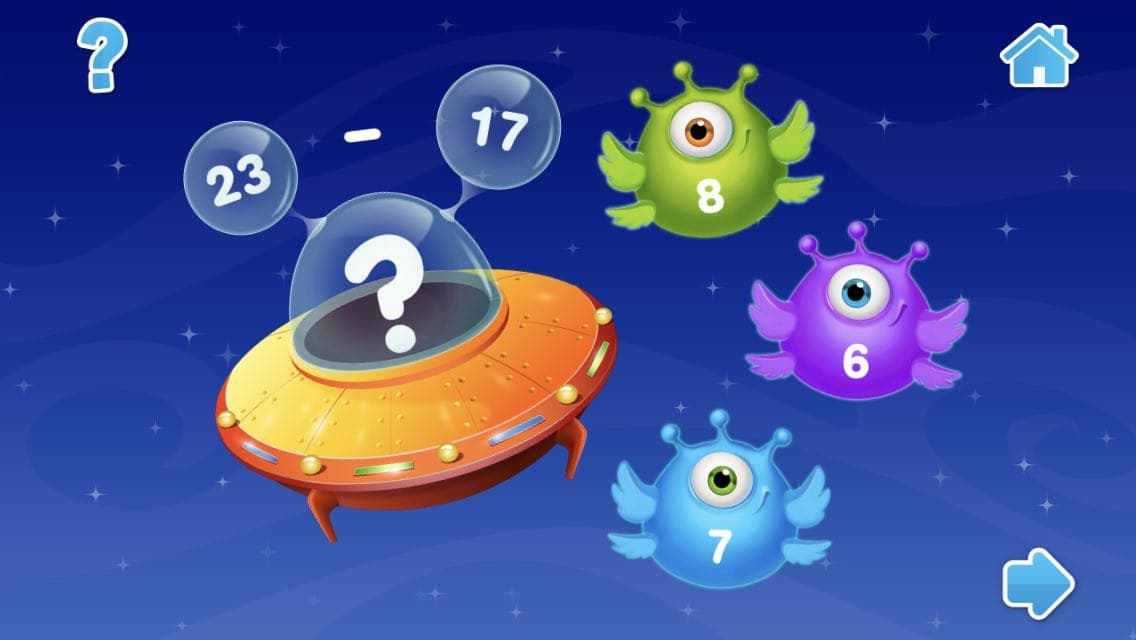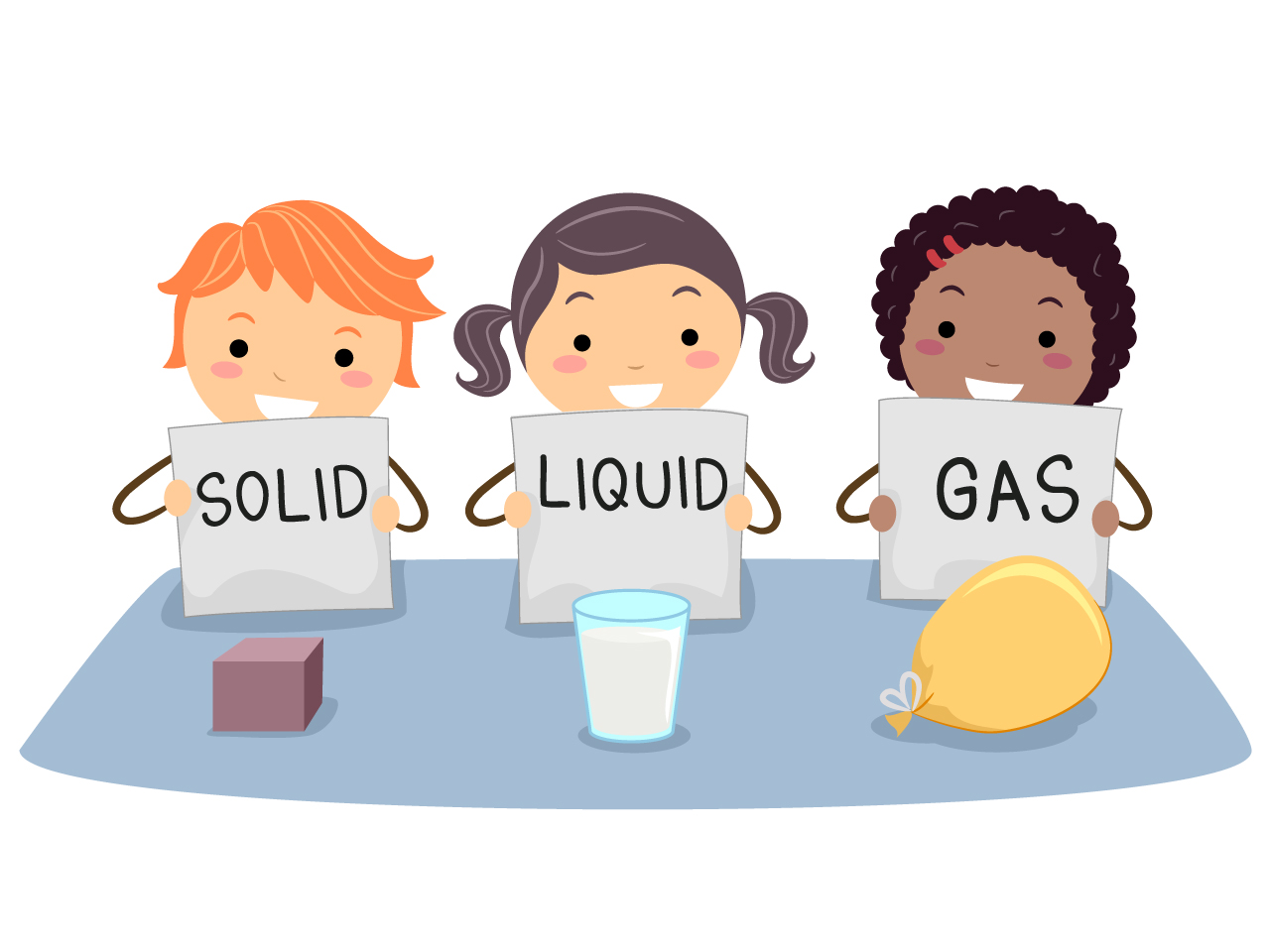5 Hands-On Strategies to Teach Measurements for Grades 1-3
March 19, 2018
Without even realizing it, we all use measurement in our daily lives all the time. We measure cups and teaspoons when we’re cooking dinner, and estimate distance and the time it takes to get someplace when we’re driving our cars. Many professions rely on measurement, from construction workers, to contractors, to doctors determining doses of medicine.
Since measurement is a necessary skill throughout the walks of life, it’s important that kids form an early understanding of the concept of measurement, and the units they use to measure with. 1st graders should start out learning the meaning behind units of measurement, while older children hone their ability to use a ruler, create graphs, and analyze data.
If you’re looking for fresh, hands-on strategies to teach this important skill, let’s take a look at engaging ways to make learning measurement easy and fun using the following teaching techniques!
Measuring with Non-Standard Items
Measurements for 1st graders typically start out simply, as kids must learn that objects and liquids can be measured in the first place, before they can learn about the concept of centimeters or inches. One strategy to get kids started with measurement is to instruct them to measure using non-standard objects.
This means measuring with anything other than rulers! Instruct kids to measure objects around the house or classroom using feet, hands, or small manipulatives, like magnetic tiles, buttons, or even pieces of candy! Encourage children to count the items they use to measure with to find the length or height of an object. For example, if the child is measuring a flower on worksheet, he or she might line up M&M’s to find the length of the flower. After counting the candies, the child will answer using the number of candies lined up next to the flower.
Jump to Measure Distance
This fun strategy gets kids up and moving, and it feels like a game! Using masking tape, lay down a long strip of tape on the floor to mark a clear starting line. Hand the child a counter, toy, or any available object to set down at their feet after jumping.
Instruct the child to start at the line, and jump as far as possible. After jumping, the child will place the object in their hands to mark their spot. Using a ruler or yard stick, help the child measure the distance between the tape and the object to find how far they jumped. For even more fun, make it a game! Get the whole family or class involved, and see who can jump the farthest!
Introducing Inches with Colored Tiles
Once children understand length and the fact that objects can be measured, it’s time to introduce inches and centimeters. To understand this concept, use a readily available manipulative, like colored tiles. While you may use any object that measures 1 inch, colored tiles are typically 1 inch in length and width, making them an ideal choice for this lesson.
Give the child a colored tile and explain that each tile is 1 inch in length. Next, have the child compare the tile to the length of small objects found around the room. For example, kids can use the tile to compare its length with paper clips, small toy figurines, peanuts, etc. After determining objects that are bigger or smaller than 1 inch, help your child or student measure larger objects using the colored tiles and counting them to find the length.
Measurement Scavenger Hunt
This strategy is great because it gives kids plenty of practice using a ruler and measuring real-life objects! Create and print out scavenger hunt cards that contain different measurements to find, depending on the child’s ability. Give the child a ruler, and challenge him or her to find objects around the room that measure about the same as the measurements on the card. Once the child finds an object that matches a measurement on the card, he or she will check it off and continue until all the measurements are found!
Use this interactive Classroom by Kids Academy to teach children about Measuring and Comparing Length. Open the Classroom.
Kids Academy Classroom is an interactive online tool that allows teachers and parents to choose from ready-made lessons or to create custom lessons using our vast Resource Library; and to conveniently share the lessons with their kids. After your students complete the lesson, you'll get access to a report about their performance.
Use Manipulatives to Analyze Data and Build Graphs
Bring graphs and charts to life using manipulatives like colored tiles or buttons! Get out colorful buttons or math counters and have kids categorize them with similar colors. Next, instruct children to create a graph, coloring in boxes to collect data on the number of counters of each color. Alternatively use manipulatives to create the graphs. Use pretzel sticks as tally marks, color tiles or cubes in line plots!
It's easy to create new hands-on experiences for learning measurement. When combined with colorful manipulatives, measurement is made fun and easy to understand. For even more learning resources, check out the plethora of measurements worksheet for grade 1 through 3.


